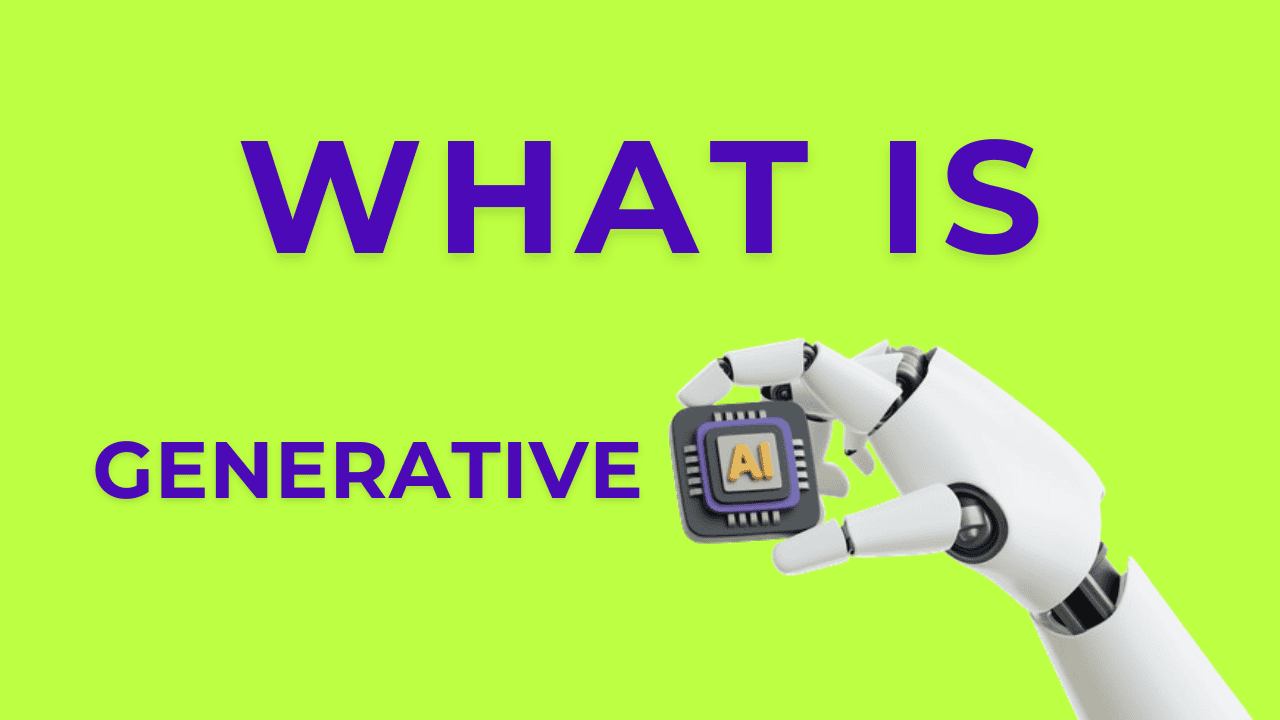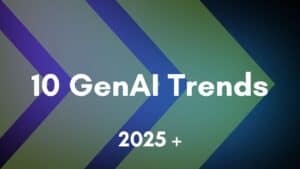In this article, we'll explain what Generative AI is, how it functions, and give examples of real-world applications where it's being used today.
Artificial Intelligence (AI) has seen tremendous advancements in recent decades, and Generative AI is one of the most exciting and promising fields within this space. Generative AI has the potential to revolutionize a wide range of industries, from entertainment to medicine, by enabling the creation of entirely new content.
So, what exactly is Generative AI?
In contrast to traditional AI techniques that are limited to analyzing and categorizing existing data, Generative AI can create brand new content that is indistinguishable from material produced by humans. This is a game-changing capability.
A key component of Generative AI is the development of Large Language Models (LLMs). LLMs are a combination of algorithms that generate predictive text based on extensive training on massive datasets.
As the volume of training data increases, the capabilities of these language models grow exponentially.
There are a few main approaches to Generative AI:
- Diffusion Models: These AI systems can produce photorealistic and unique images from textual descriptions. Stable Diffusion is a prominent example of a diffusion model.
- Autoregressive Models: Models like GPT (Generative Pre-trained Transformer) predict the next unit of data, such as the next word in a sequence of text, based on the previous units. This allows them to generate coherent, contextual content.
- Foundational Models (FMs): These are large, general-purpose AI models trained on massive datasets. FMs can then be fine-tuned for more specialized tasks, providing a powerful starting point.
In terms of real-world applications, Generative AI is being used for:
- Content Creation: Generating text like articles, stories, and code using models like GPT-4, LLAMA, and Gemini.
- Image and Art Generation: Creating visual content from text prompts, ranging from realistic to abstract, with diffusion models.
- Music and Audio: Composing original music and sound effects using models such as Jukedeck and OpenAI’s MuseNet.
- Gaming and Simulations: Generating game environments, characters, and missions to enhance the player experience, as seen with tools like Scenario.
While Generative AI offers tremendous opportunities, it also presents challenges and ethical considerations. Issues around quality, intellectual property, potential misuse, and bias in the training data must be carefully addressed as this technology continues to evolve.
Overall, Generative AI represents a revolutionary leap forward in the capabilities of artificial intelligence. As the field progresses, we can expect to see even more groundbreaking and creative uses of this transformative technology.
CODE FIRST LAB: Your Generative AI Transformation Partner
As an early promoter of AI capabilities, Code First Lab is uniquely positioned to help your organization harness the power of generative AI for transforming software development and maintenance.
Leveraging their deep machine learning and natural language processing expertise, Code First Lab can steer you through strategy formulation, platform evaluation, and implementation.
Our ongoing support ensures you optimize this game-changing investment while embracing responsible AI practices and process changes needed to fully realize generative AI’s transformative potential.



